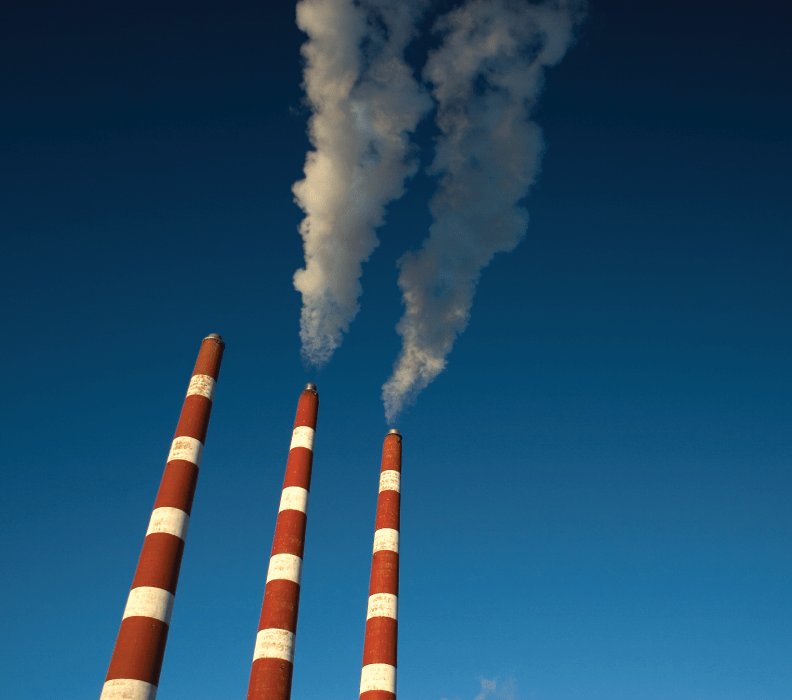
Perspectives
The energy industry is facing the most profound challenge in its history: climate change. It’s complex, fast, and could be catastrophic. To prevent it, we must dramatically reduce carbon emissions. But how can we do this when it’s in direct conflict with the exponential growth in energy demand?
There are many unknowns. But the one thing we know for sure, is that we have to change… now.
Over two thirds of global greenhouse gas emissions originate from direct carbon dioxide (CO2) emissions as a result of transportation, power generation and industrial sources.
Natural gas will play an increasingly pivotal role in the energy transition. Around the world, it will continue to be used as a replacement for coal-fired power generation, and will be a transition fuel for the next few decades as renewable infrastructure is established.
However, there will be increasing pressure to decarbonize its production and use. Greenhouse gas emissions are generated through the production and liquefaction of natural gas as well as through the ultimate combustion for either power generation or heat. As the global community works toward net zero carbon emissions by 2050, its decarbonization will be required.
In the end, decarbonization of all sectors must be achieved. Complicated, yes. Impossible, no.
Decarbonization cannot succeed without three vital actions.
One: Aligning strategies and frameworks with tangible and measurable outcomes
The decarbonization strategy must be applied and measured from concept development and engineering design, through to procurement, construction, and eventual operation. No phase can be excluded.
Two: Taking full advantage of the knowledge within industrial sectors
Strategies will vary and be developed on a case-by-case basis for different asset types and ages.
Three: Staying abreast of current and new technologies that support objectives
Technology readiness is paramount. Mature technologies will be integrated now. But we’ll need to proactively prime assets for the adoption of new technologies as they become available.
Decarbonization technology road maps need to be developed for natural gas production and liquefaction assets, along with power generation assets. These roadmaps provide options for various emission sources over time, based on the technology’s readiness.
Based on the technology readiness levels developed by NASA, there are three phases for this:
Just as you’d find in any journey, the map you choose is determined by your start and end points. So undoubtedly, decarbonization technology roadmaps need to be tailored to specific assets, depending on what stage it’s in.
For older assets nearing the end of life, the focus should be on the low hanging fruit – energy efficiency and heat integration. At the other end of the spectrum, assets in the design phase must incorporate existing decarbonization technologies. Also, plot space and tie-ins should be considered for the later addition of emerging technologies.
This is the approach to developing effective decarbonization strategies, frameworks, and roadmaps. We must make full use of all the tools in our toolbox so we can create a timely suite of solutions across a diverse range of assets across multiple sectors.
Decarbonization is the challenge of our lifetime. It’s here. It’s now. And we’re ready.
For more information, contact Helen Riordan.
In the production and liquefaction processes, CO2 emissions originate from four main sources:
In the power and heat generation processes, where the natural gas product is finally used, CO2 is emitted as a combustion product. There are also some direct methane (CH4) emissions, also known as fugitive emissions, which result from gas leakages through pipe flanges and instrumentation.

Worley is committed to achieving net zero Scope 1 and Scope 2 greenhouse gas emissions by 2030.
Perspectives
